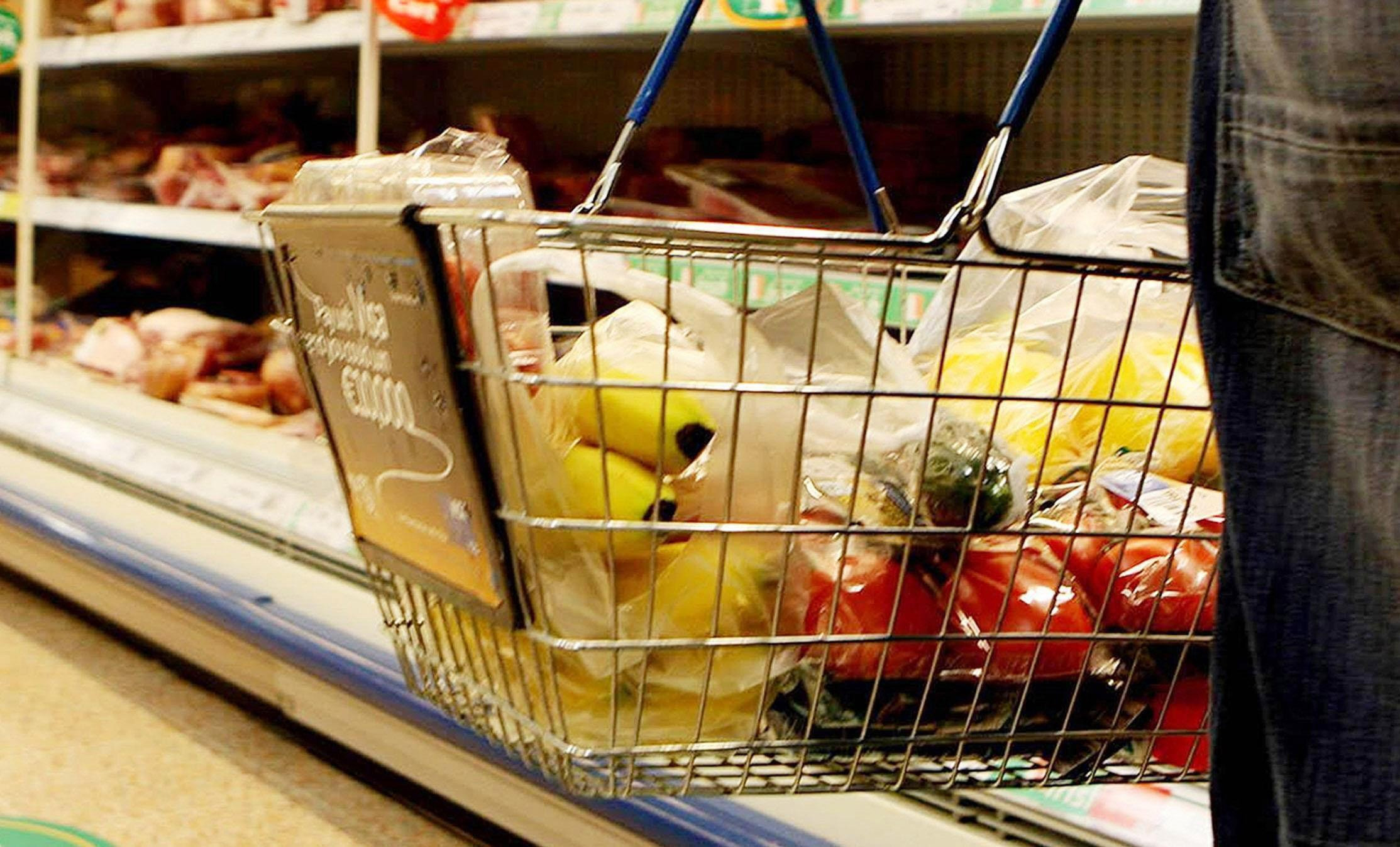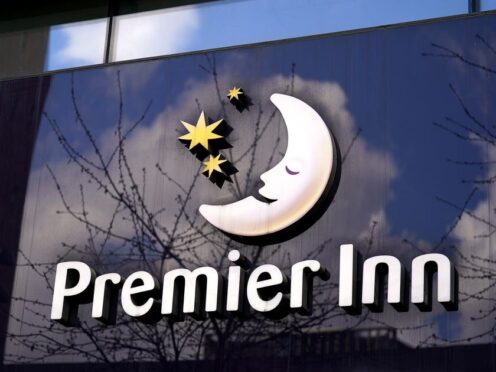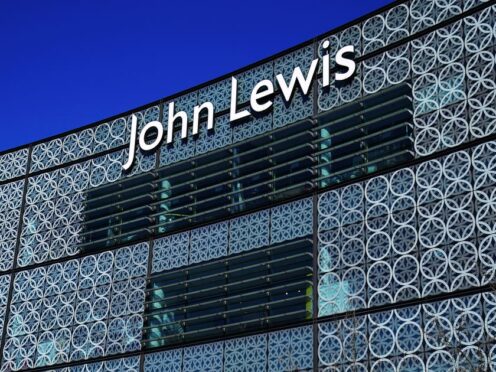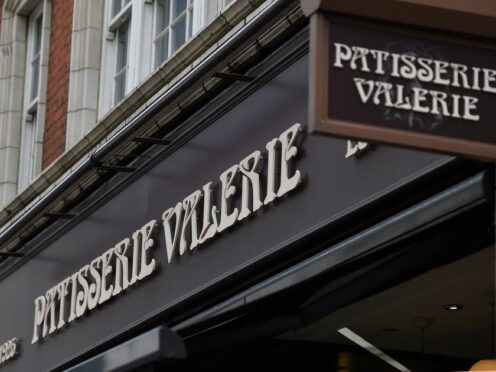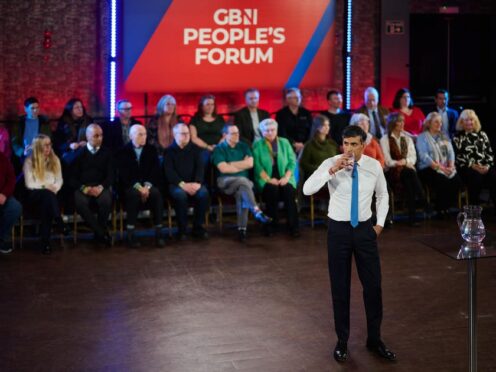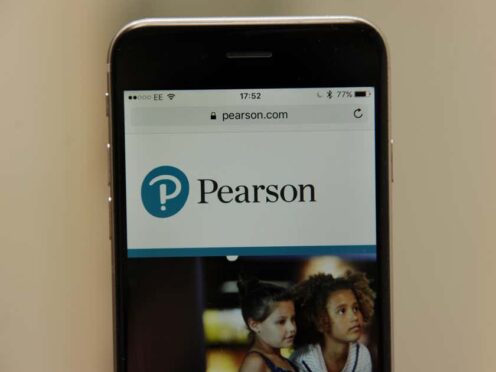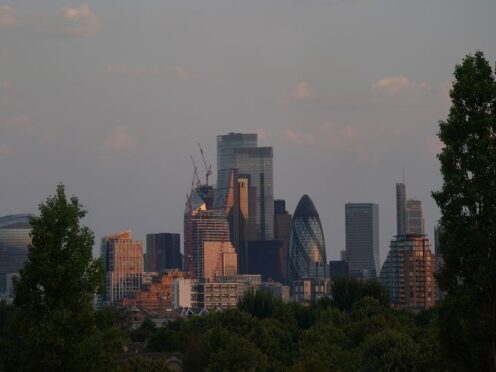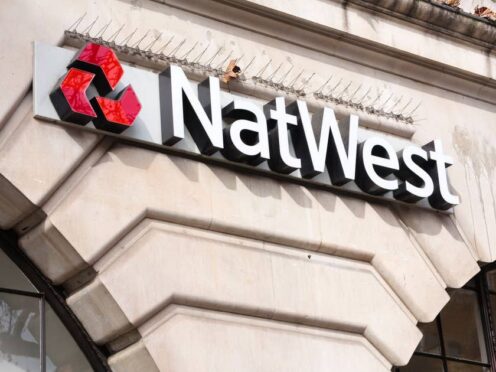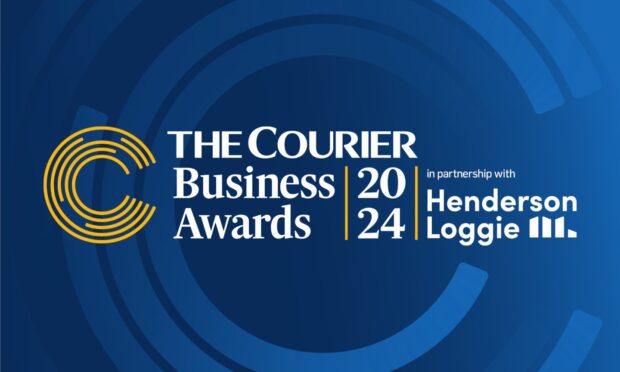All four of the major supermarkets have endured another year-on-year decline in sales as discounters Aldi and Lidl achieved a record share of the market, figures show.
In good news for consumers, like-for-like grocery prices dropped by 1.4% on last year as supermarket sales fell by 0.2%, Kantar Worldpanel said.
The decline, which dates back to summer 2014, is primarily a result of the fierce price war leading to cheaper everyday groceries.
Almost three fifths of Britons – 58% – visited either Lidl or Aldi in the past 12 weeks, leading to them claiming a 4.4% and 6.1% share of the market and increasing sales by 13.8% and 11.5% on a year ago respectively.
Each of the big four lost market share on last year, with overall sales at Tesco dropping by 1.3% and Morrisons sales falling by 2.4% as an ongoing result of store closures.
Sales at Sainsbury’s fell by 1.4% and Asda suffered a 5.9% drop.
Kantar Worldpanel said: “While these latest figures pre-date the EU referendum result, the immediate economic uncertainty is unlikely to cause a substantial fall in grocery volumes, as demonstrated by the 2008 financial crisis when basic food, drinks and household sales proved resilient.
“With an estimated 40% of the food we consume sourced from overseas, any long-term change in exchange rates may threaten the current period of cheaper groceries.
“Historically, higher prices have led to consumers looking for less expensive alternatives such as own-label products, seeking out brands on promotion or visiting cheaper retailers.”
However, rival figures from Nielsen found UK supermarkets saw their first genuine increase in year-on-year takings at the tills since July 2015, boosted by sales of alcohol and crisps in the first week of Euro 2016.
Its figures show the value of sales was up 0.4% over the four weeks to June 18, although the volume of sales was flat for the second consecutive period.
Mike Watkins, Nielsen’s UK head of retailer and business insight, said: “It remains a tough trading environment for the big supermarkets but changes made over the last year in lowering prices, less promotions, edited ranges and improved customer service seem to be having an impact, alongside the drop in shoppers buying cheaper grocery brands to save money.
“Furthermore, deflation is no longer deepening and, with the effect on figures of some store closures last year soon to be behind us, we can be more optimistic about a supermarket recovery later this year.”
He added: “Whilst the Brexit decision is unlikely to change shopper behaviour in the short term, we can expect some change in consumer sentiment and, possibly, a return to low inflation next year – should sterling’s depreciation continue and global commodity prices strengthen.
“However, for now, the battle for market share continues and shoppers will benefit from falling prices at food retailers due to price cuts and the deflationary environment.”
